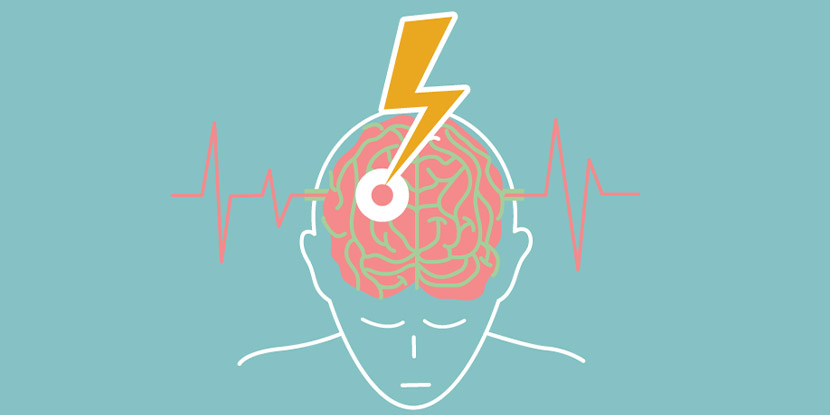Stroke or cerebrovascular accident is a medical condition in which the blood flow to the brain cuts off partially resulting in the death of brain cells, as the name suggests CEREBRO relating to brain and VASCULAR meaning blood vessels. In Pakistan, the statistics of prevalence of stroke are reported to be 95 per 100,000 in the years 2000 to 2016 between the ages of 75 to 85.
There are three types of strokes according to the nature of the injury it causes, one being Ischemic causing low oxygen supply to the brain, other being hemorrhagic in nature that results in the rupture of blood vessels in the brain and the third one is of the short time period, the symptoms usually do not last more than 24 hours, this type is called Transient Ischemic Attack (TIA). The outcomes of this disease are not just restricted to the brain but result in the paralysis of the whole body or half the body depending on the severity of the injury in the brain.
There is a list of risk factors contributing to the occurrence of stroke. These risk factors can be preventable or non-preventable. Non-preventable risk factors are age, gender or race which cannot be changed, altered or prevented by the person. The people with advancing age are more prone to getting an episode of stroke mainly of them is males.
On the other hand, preventable risk factors are those which can be controlled by taking preventive measures, for example, presence of any disease, sedentary lifestyle leading to obesity, poor eating habits or smoking and most importantly stress that can lead to stroke. There is a wide range of diseases that are leading to cause stroke are hypertension, diabetes mellitus, a previous stroke, and any cardiovascular diseases, etc.
Smoking causes the narrowing of blood vessels that increases the pressure inside the vessels that then result in the rupture. It also has harmful chemicals that cause oxygen supply to the peripheries to reduce.
Adding more to the preventive measures, eating a healthy and wholesome diet which includes equal portions of carbohydrates, proteins, and fibers which should definitely be hygienic reduce the chances of having a stroke. Diet alone is never effective if you do not exercise or do not have any physical activity. Exercise boosts stamina, maintains a healthy weight, keeps the heart to function properly and provides the right amount of blood throughout the body and brain.
Annual screening is the most effective way of preventing the occurrence of any disease. There is a wide variety of treatments for this disease. Proper follow-ups, taking proper medications and doing passive exercises can help in controlling the advancement of the disease. The most painful part in the aftermath of this disease is getting dependent even for the basic everyday chores. Seeking help from an occupational therapist who can make you independent in doing your own work can be worth it.
Pakistan being a developing country has to face serious issues of provision of basic necessities of daily living to its people such as food, shelter, and clothing. In a society like this where most of the people are at or below the poverty line, there is a small population who can get a regular medical checkup or who can get screened for the diseases.
Image source link

















